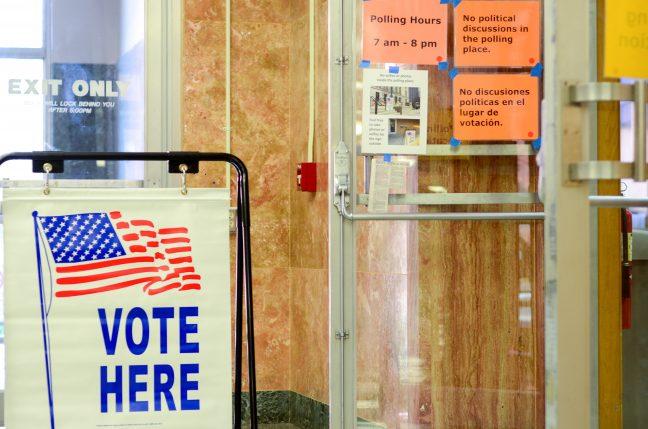Turnout among black Wisconsin voters dropped 18.9 percent between the 2012 and 2016 elections, a study by the Center for American Progress found.
The study was conducted to investigate the factors which played a role in determining the 2016 election outcome. It focused on vote composition, turnout and party support.
Nationally, voter turnout among black voters decreased by 4.5 percent, the study found.
But the drop in Wisconsin was higher than what neighboring states experienced.
In Wisconsin, turnout among black voters decreased from 74 percent in 2012 to 55.1 percent in 2016. In Michigan, turnout went from 62.5 percent to 61.3 percent within the same time period, a drop of 1.2 percent.
According to the study, if black voter turnout remained at it’s 2012 level, Hillary Clinton would have won Wisconsin narrowly.
The study’s findings also showed voter turnout among Latinos and Asians in Wisconsin dropped 5.8 percent. Nationally, however, turnout increased by 2.1 percent for Latinos and 2 percent for Asians.
Turnout for white voters, both college-educated and non-college-educated, decreased the least, with turnout for both groups dropping 2.2 percent.
The results also showed the state’s electorate was more white and noncollege educated than exit polls initially reported.
Wisconsin’s voter composition was 90 percent white in 2016, the study found. Out of that 90 percent, 59 percent were white non-college-educated and 31 percent college-educated.
The 10 percent of nonwhite voters comprised of 5 percent black voters, 3 percent Latino voters and 3 percent Asian voters.
With these results in mind, the study said the lead up to the next presidential election is likely to consist of both the Republican and Democratic parties pursuing multiple trial-and-error strategies to attract voters and “unpredictable” politics for the country as a whole.


